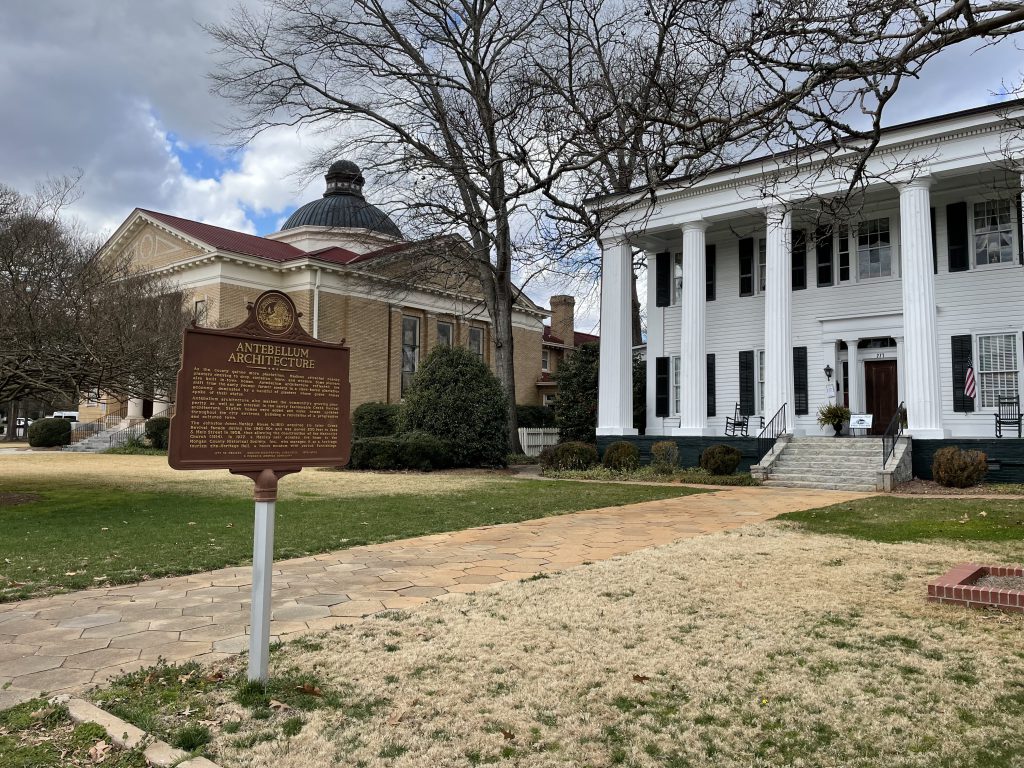Georgia’s Trail of Legacy and Lore

When the eight DMO members of the 25-year-old Georgia’s Antebellum Trail wanted to determine if a name change was needed, Hargrove International set out on a research-based investigation and on-site assessment to analyze the trail’s current Antebellum-era experiences and historical interpretation. Following the presentation of research and assessment findings, the group (representing Athens, Watkinsville, Eatonton, […]
What are the trends in cultural heritage tourism?
Immersive experiences, engagement with locals, authenticity, and activities/products that aren’t available at home are four trends resonating with visitors today. Another trend that destinations are grappling with is overtourism, where capacity management is necessary to ensure quality experiences and resource stewardship.
What is Placekeeping?
Initially defined by NEA and Robert Bedoya, placekeeping is the act of honoring the cultural lives of the community, preserving and protecting local architecture, craft, and other authentic characteristics of place. These assets often serve as a magnet to attract cultural heritage travelers. During destination assessments, the identification of authentic assets that are important to […]
What are the Five Steps of Cultural Heritage Tourism?
These five steps are modified from the original four steps created during Hargrove’s tenure at the National Trust for Historic Preservation. The fifth step, manage for growth and sustainability, was added to ensure destination and site managers focused beyond the initial development phase – to constantly manage the carrying capacity and measure the impact against […]
Cultural Heritage Tourism Book

Every place has a story to tell, often found in historic sites or cultural traditions of the people who settled or currently live in a community, city, region or state. When these stories and places are shared with visitors, this activity becomes what is known as cultural heritage tourism. Success and sustainability in this growing […]
